Alchi Monastery : A Sacred Site with Rich Cultural Heritage
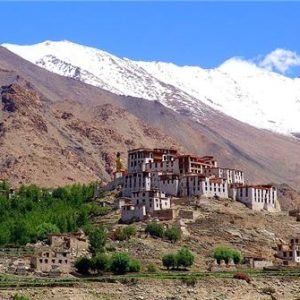
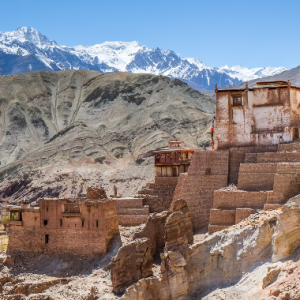
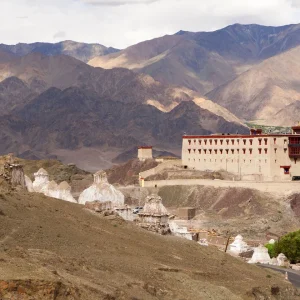
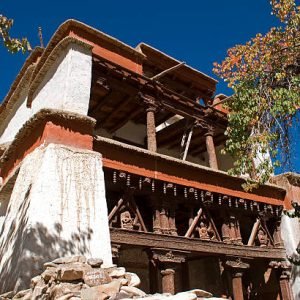
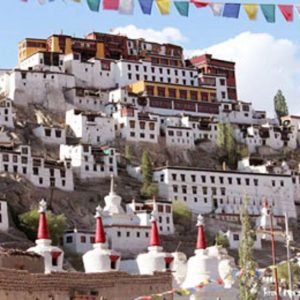
Table of Contents
ToggleSituated in the beautiful landscapes of Ladakh, the Alchi Monastery stands as a remarkable example of the region’s deep roots and rich cultural history, an architectural masterpiece that offers a deeper insight into the evolution of Buddhist traditions in India. For those fascinated by Ladakh, Tibetan Buddhism, and ancient monasteries, Alchi offers a fascinating journey that intertwines spiritual, cultural, and historical narratives. This blog post delves deep into the fascinating history, architecture, and significance of Alchi Monastery, and why it holds an esteemed position in the hearts of travelers, pilgrims, and scholars alike.
History and Origins of Alchi Monastery
Situated about 70 kilometers to the west of Leh, which is the capital of Ladakh, the Alchi Monastery is one of the oldest and most celebrated Buddhist monasteries in the region. Founded in the 11th century by the famous Tibetan scholar and monk, Rinchen Zangpo, its history has gone way back. Rinchen Zangpo is widely known as the “Great Translator” and is credited with many significant contributions toward the spread of Buddhism in the Himalayan region. Many significant Buddhist texts he translated from Sanskrit into Tibetan, and he also promoted the foundation of monasteries in Ladakh.
The monastery of Alchi was one among the various monasteries built during his lifetime by Rinchen Zangpo towards improving the firm roots of Tibetan Buddhism in Ladakh. It was designed not as a place for meditation and ritual but also to preserve and promote Buddhist scriptures. The monastery is especially famous for its beautiful blend of Indo-Tibetan art and architecture, as a testament to the cultural exchange between India, Tibet, and Central Asia during the medieval period.
Architectural Marvel of Alchi Monastery
The architectural style of Alchi Monastery makes it stand out as being quite different from most Ladakhi monasteries. These are generally fortress-like structures, whereas Alchi is laid out like a complex of buildings, with temples, shrines, and courtyards spread across a vast area. Its architecture is an assimilation of Tibetan and Kashmiri styles, thus representing the strong cultural bond between the two regions.
Alchi’s structures are smaller in size compared to some of Ladakh’s larger monasteries, but they are rich in artistic and spiritual value. The main temples of Alchi are decorated with beautiful murals and intricate carvings of various Buddhist deities, scenes from the Buddha’s life, and tantric symbols. These artworks are not only beautiful in their detail but also provide very valuable insights into the Buddhist iconography of the period.
One of the most remarkable aspects of Alchi’s architecture is its preservation of 11th-century murals, which are considered some of the oldest and best-preserved Buddhist paintings in the world. The artwork found within Alchi’s temples serves as a unique blend of Buddhist influences from the Indian subcontinent and the Tibetan plateau, making the monastery a cultural crossroads.
The Alchi monastery complex comprises several major temples, all of which have their own individual characteristics:
Du-khang (Assembly Hall): This is the largest and most impressive temple in all of Alchi. It is essentially the heart of the monastery, holding a large Sakyamuni Buddha statue surrounded by intricately painted murals of different scenes from the life of the Buddha.
Sumtsek Temple: It is well known for its three floors and brilliant frescoes and sculptures. The upper floor holds a grand statue of Maitreya, the Buddha who comes in the future, along with smaller statues of other mighty figures in Buddhist mythology.
Gya-dan Temple: It contains wall paintings preserved to some extent and is dedicated to Avalokiteshvara, the Bodhisattva of Compassion. The temple demonstrates Kashmiri and Tibetan art amalgamated.
Chos-khor Temple: This temple is devoted to the teachings of the Buddha and has paintings that show various Buddhist teachings, mandalas, and deities.
Zanchok Temple: A slightly smaller temple within the monastery, Zanchok is decorated with statues and murals of several Bodhisattvas and Dakinis, reflecting the tantric Buddhist influence that defined the religious life of the monastery.
Buddhist Art and Murals of Alchi Monastery
The murals of Alchi Monastery are among the main attractions that attract art lovers and those interested in spirituality across the globe. The artworks of the monastery demonstrate an ideal fusion of influences from Indian, Tibetan, and Kashmiri arts. The murals, painting the walls of the temples and shrines, show images from the life of Buddha, various bodhisattvas, deities, and celestial beings, all highly detailed and richly coloured.
The most striking feature of the murals in the monastery is their narrative form, for they are more than spiritual representations; they depict various stories of the teachings and the previous lives of the Buddha, as well as myths pertaining to Buddhism. In any case, the brushwork seems to be very intricate, while use of bright colors is more vivid, making these works a feast for one’s eyes.
The paintings in the Du-khang, or Assembly Hall, are noteworthy. Murals here have been preserved remarkably well and are dated back to the 12th century. They represent Buddha in a variety of postures and poses, flanked by bodhisattvas, guardians, and other figures in the pantheon of Buddhism. Even the cosmos, as such, is portrayed here in some murals, with all of hell, earth, and heaven depicted.
The murals in the Sumtsek temple depict the cosmic dance of the deities, even with mandalas on them, which is usual in Tibetan Buddhist art. These murals are important for they represent the fusion that existed between Central Asian and Indian artistic traditions that were dominant back then.
Alchi Monastery: Spiritual Centre for Pilgrimage
It has been built for its architectural and artistic values but holds a deep spiritual aura in itself. Alchi Monastery is one of the very few monasteries within Ladakh that continues to serve as an active center for the Buddhist worship and pilgrimage site. Pilgrims across the globe travel to the monastery for venerating the sacred relics, seeking blessings, and practicing meditation in the tranquil ambience.
One of the important spiritual practices at Alchi is the ritual of circumambulating the main temples. The pilgrims walk around the monastery complex while chanting prayers, spinning prayer wheels, and reciting mantras. In this way, circumambulation becomes a means of accumulating merit and deepening one’s connection with the Buddha and the teachings of Buddhism.
The monastery also invites the guests to join meditation retreats and teachings on spirituality. The ambiance of Alchi perfectly creates the setting for inner peace-seeking individuals who are starting a path of spiritual growth.
Alchi Monastery In The Contemporary Era
Alchi Monastery remains an influential cultural and religious site in Ladakh and has only spread influence recently. The museum of its rich heritage deep spirituality, attracts scholars and artists and pilgrims and all types of tourists. Recently the increasing interest in Alchi monastery led to efforts to ensure preservation of the unique art form and architecture of this place.
Efforts are being made to protect the murals and other artworks from the ravages of time and natural elements. With the help of experts in conservation and restoration, the paintings and statues are being carefully preserved so that future generations can experience their beauty and learn from their teachings.
Alchi Monastery has also gained international fame. In 2000, it was added to the tentative list of UNESCO World Heritage Sites because of its cultural and historical importance. The reason behind the recognition of the monastery is the preservation of old Buddhist art and the role of this monastery in the spread of Tibetan Buddhism.
Best Time to Visit Alchi Monastery
Alchi Monastery, the best time to visit Ladakh is between May to September. Summer months give a relatively moderate climate throughout Ladakh; it has been easier to venture out while traveling. This is because the monastery is easily accessed during this period since all the roads to Alchi Monastery on high altitudes open up.
For those interested in experiencing the spiritual atmosphere of the monastery, visiting during festivals can be particularly rewarding. Alchi hosts several Buddhist festivals throughout the year, including the famous Losar (Tibetan New Year) and other important religious ceremonies, which are celebrated with much fervor and enthusiasm.
Conclusion
Alchi Monastery stands as a beacon of Ladakh’s rich spiritual and cultural heritage. Its stunning murals, unique architecture, and deep historical significance make it a must-visit destination for anyone interested in Buddhism, history, art, or simply the tranquil beauty of the region. Whether you are a spiritual seeker, an art lover, or a history enthusiast, Alchi Monastery offers a unique and profound experience that will leave a lasting impression.
As you wander through the hallowed halls of this sacred monastery, admire the detailed artwork, and walk along its serene courtyards, you are not merely a spectator to the past, but an active participant in the preservation of a living tradition that continues to inspire people across the world. The Alchi Monastery is an eternal treasure-a spiritual oasis in the Ladakh heartland-and a testament to the unyielding strength of art, architecture, and faith.
FAQ's
1. What is Alchi Monastery?
Alchi Monastery is an ancient Buddhist monastery located in the Leh region of Ladakh, India. It was founded in the 11th century by the Tibetan scholar Rinchen Zangpo. Known for its well-preserved murals and intricate architecture, Alchi is one of the most significant Buddhist sites in the region.
2. Where is Alchi Monastery located?
Alchi Monastery is located about 70 kilometers west of Leh, the capital of Ladakh, in northern India. It sits on the banks of the Indus River and is accessible via a road that leads through the beautiful landscapes of Ladakh.
3. Who built Alchi Monastery?
Alchi Monastery was built by Rinchen Zangpo, a prominent Tibetan scholar and translator, in the 11th century. Rinchen Zangpo is credited with establishing several monasteries in Ladakh to promote Tibetan Buddhism.
4. What is the significance of Alchi Monastery?
Alchi Monastery is significant for its preservation of ancient Buddhist art and architecture. The monastery is renowned for its murals, sculptures, and fusion of Indian, Tibetan, and Kashmiri artistic styles. It also holds religious importance as a pilgrimage site for Buddhists.
5. Why is Alchi Monastery famous?
Alchi Monastery is famous for its beautiful murals and ancient frescoes, some of which date back to the 12th century. The monastery’s architecture is unique, combining Tibetan, Kashmiri, and Indian influences. It is also a UNESCO World Heritage site candidate.
6. What are the main attractions of Alchi Monastery?
The main attractions of Alchi Monastery include its stunning murals, ancient wall paintings, and intricately carved statues. Notable temples such as Du-khang (Assembly Hall), Sumtsek Temple, and Gya-dan Temple are also major highlights.
7. When was Alchi Monastery built?
Alchi Monastery was built in the 11th century, with its construction attributed to Rinchen Zangpo, who was instrumental in the spread of Buddhism in the Himalayan region. The monastery reflects the fusion of multiple cultural and artistic traditions of that time.
8. What is the architectural style of Alchi Monastery?
The architecture of Alchi Monastery is a blend of Tibetan and Kashmiri styles. The monastery features a series of temples, shrines, and courtyards adorned with intricate murals, sculptures, and carvings that depict Buddhist deities and teachings.
9. What can you see inside Alchi Monastery?
Inside Alchi Monastery, visitors can view beautifully preserved murals and artwork depicting various Buddhist deities, scenes from the Buddha’s life, and celestial beings. The monastery also houses statues of Buddha, Bodhisattvas, and other important figures from Buddhist mythology.
10. Is Alchi Monastery still an active place of worship?
Yes, Alchi Monastery is still an active place of worship and pilgrimage. Pilgrims from around the world visit the monastery to meditate, circumambulate the sacred halls, and participate in Buddhist rituals.
11. How do you reach Alchi Monastery?
Alchi Monastery can be reached from Leh by road. It is about a 1.5-hour drive from Leh, traveling west along the Indus River. The monastery is easily accessible by car or bike, and there are local taxis available for the journey.
12. What is the best time to visit Alchi Monastery?
The best time to visit Alchi Monastery is during the summer months, from May to September. The weather is mild during this period, and the roads to the monastery are open. Winter visits are difficult due to heavy snow and freezing temperatures.
13. What is the cultural importance of Alchi Monastery?
Alchi Monastery is culturally significant due to its role in the spread of Tibetan Buddhism in the Ladakh region. It serves as a center of religious learning, preserving ancient Buddhist texts, art, and rituals, and reflecting the cultural exchange between India, Tibet, and Central Asia.
14. Is Alchi Monastery a UNESCO World Heritage Site?
Although Alchi Monastery is not yet a UNESCO World Heritage Site, it is on the tentative list due to its cultural and historical significance. Its well-preserved murals and unique blend of Buddhist art make it a site of international interest.
15. Can you stay near Alchi Monastery?
There are a few guesthouses and homestays near Alchi Monastery, offering visitors a chance to experience the local Ladakhi culture. However, for more accommodation options, most travelers stay in Leh and visit Alchi as a day trip.
How to book Tours for Ladakh with Charzan Holidays?
For a seamless and exceptional booking experience, contact Charzan Holidays at reservations@charzan.in or call us at +919622224473


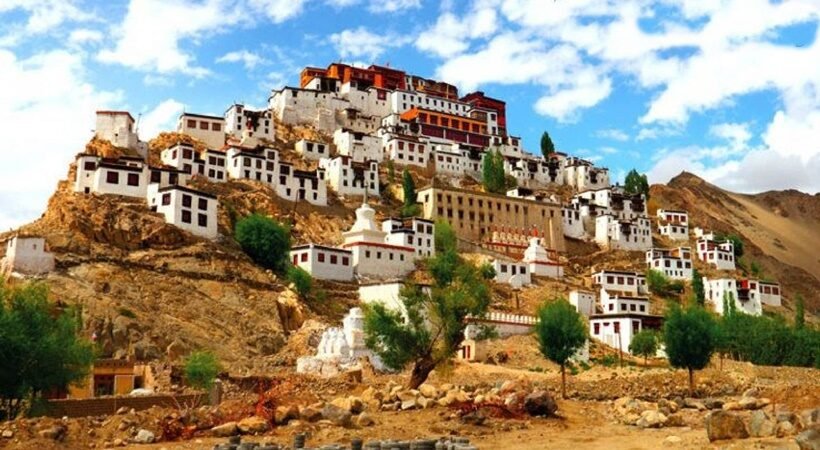
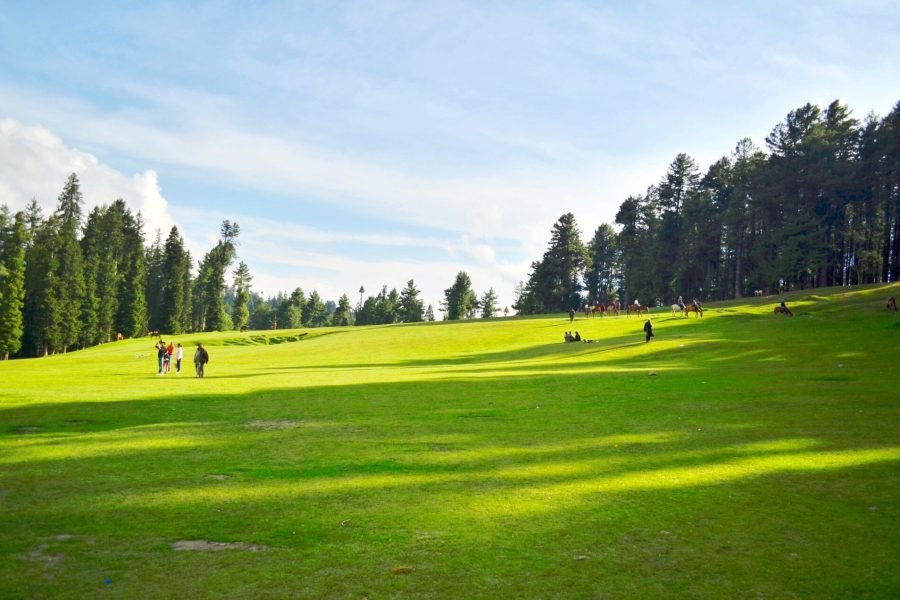
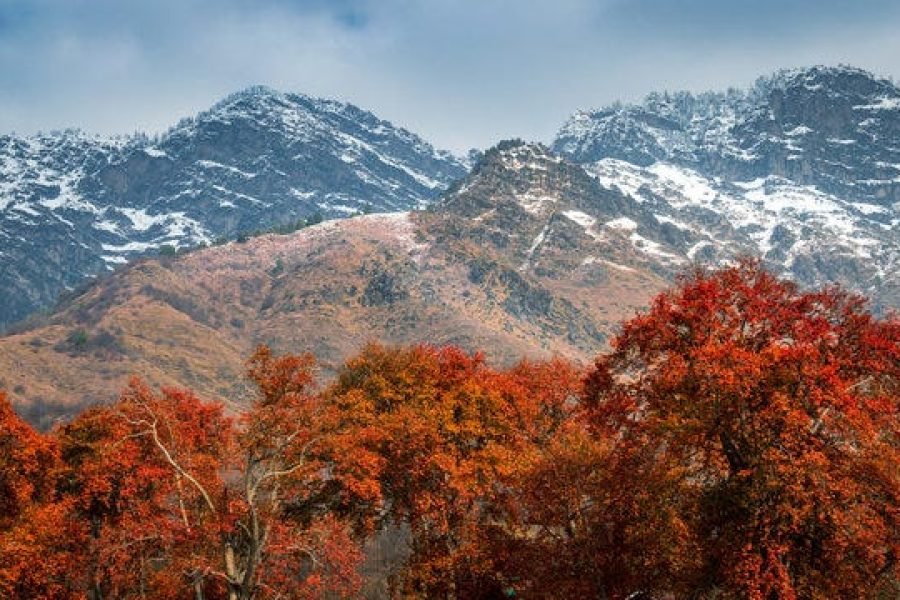
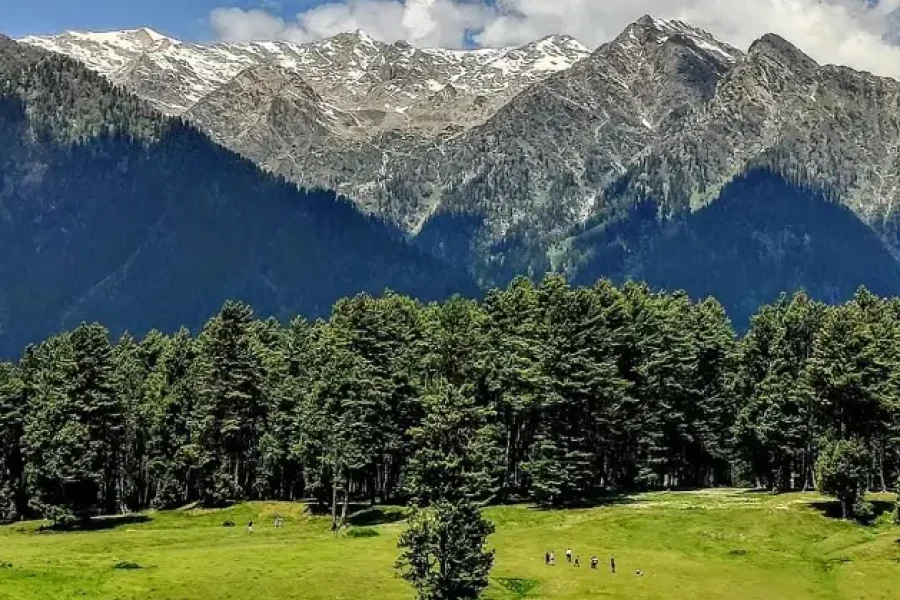
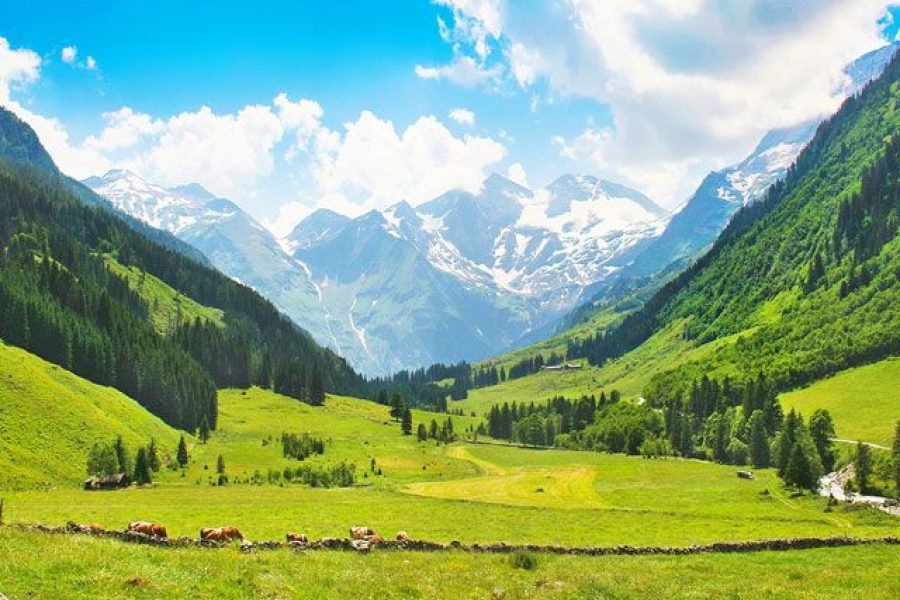
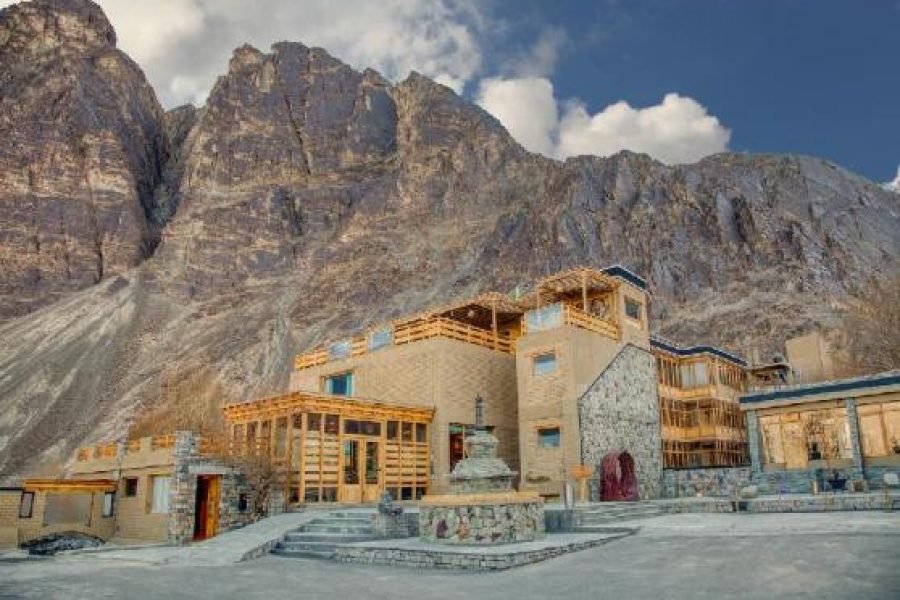
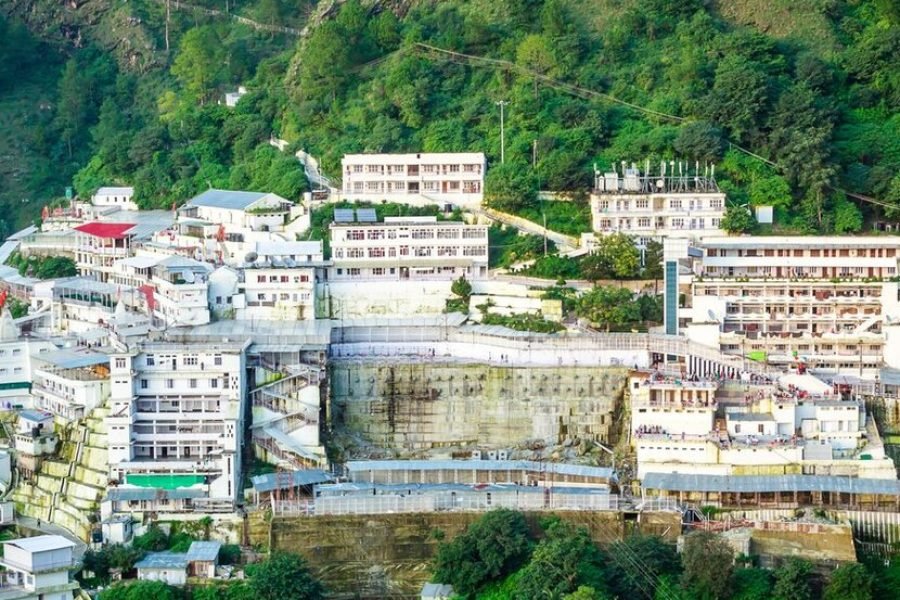
0 Comment